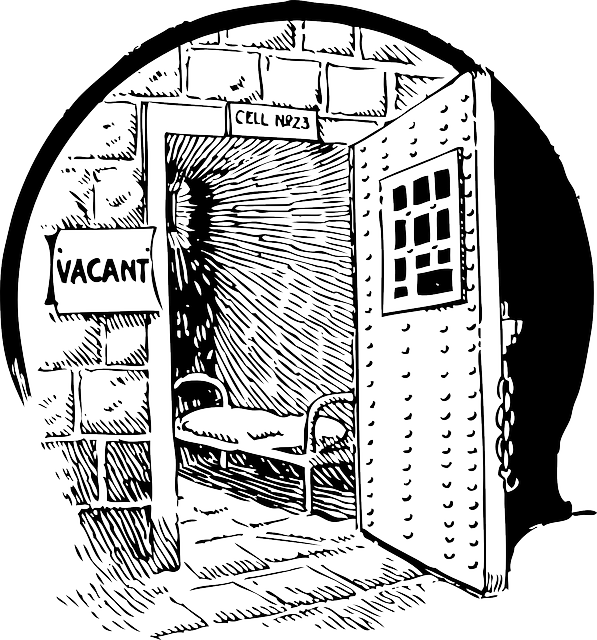BAL (Brake Air Pressure) testing is essential for assessing the safety and performance of vehicles with advanced braking systems, particularly those using air pressure, within the growing field of alternative transportation. Accurate BAL test results are vital for maintaining optimal vehicle performance and ensuring passenger safety as air-braked vehicles gain popularity. Precision in BAL testing is achieved through advanced instruments, standardized protocols, and sophisticated analytical techniques like GC-MS, along with rigorous quality control measures. This enables laboratories to deliver reliable results, crucial for evaluating alternative fuels' performance and meeting regulatory standards, thus fostering a sustainable and efficient transportation future.
In the rapidly evolving landscape of alternative transportation options, Bal (Breath Alcohol) testing plays a pivotal role in ensuring safety and reliability. This article delves into the intricacies of BAL testing, highlighting its significance in the context of alternative transport solutions. We explore the challenges that impact accuracy and present innovative strategies to overcome them, emphasizing the importance of precise results for consumer confidence and industry growth.
- Understanding BAL Testing and its Significance in Alternative Transportation
- Ensuring Accuracy: Challenges and Solutions in BAL Testing for Better Results
Understanding BAL Testing and its Significance in Alternative Transportation

BAL testing, or Brake Air Pressure testing, is a critical procedure in the realm of alternative transportation. This method assesses the performance and safety of vehicles equipped with advanced braking systems, particularly those relying on air pressure for braking power. As the world shifts towards more sustainable and eco-friendly Alternative Transportation Options, ensuring the reliability and accuracy of these systems becomes paramount.
The significance of BAL testing lies in its ability to uncover potential issues within the braking system, such as leaks or improper pressure readings. Accurate results from these tests are essential for maintaining optimal vehicle performance and passenger safety. In the context of alternative transportation, where innovations like air-braked vehicles are gaining traction, precise BAL testing becomes a game-changer, enabling mechanics and engineers to fine-tune these systems, ensuring they meet the highest standards of safety and efficiency.
Ensuring Accuracy: Challenges and Solutions in BAL Testing for Better Results

Ensuring accuracy in Bal (Biodiesel Aromatic Likeness) testing is paramount to achieving reliable results, especially as alternative transportation options gain popularity. Challenges such as interferences from sample impurities or variability in biodiesel composition can skew test outcomes. To mitigate these issues, laboratories employ sophisticated instruments and standardized protocols. Advanced analytical techniques like gas chromatography-mass spectrometry (GC-MS) provide unparalleled precision by identifying and quantifying trace compounds. Standardized reference materials ensure consistent comparisons across different testing facilities.
Additionally, rigorous quality control measures, including regular instrument calibration and method validation, are implemented. By adhering to strict protocols and utilizing cutting-edge technology, laboratories can deliver accurate BAL test results. This is crucial for evaluating the performance of alternative fuels and ensuring they meet regulatory standards, ultimately fostering a sustainable and efficient transportation future.
BAL testing plays a pivotal role in ensuring the safety and performance of alternative transportation options. By addressing challenges related to accuracy, we can enhance the reliability of these tests, leading to better outcomes for developers and consumers alike. Accurate BAL results are crucial for fostering public trust and encouraging the widespread adoption of sustainable mobility solutions. As technology advances, continuous improvements in testing methods will be key to revolutionizing the Alternative Transportation landscape.






